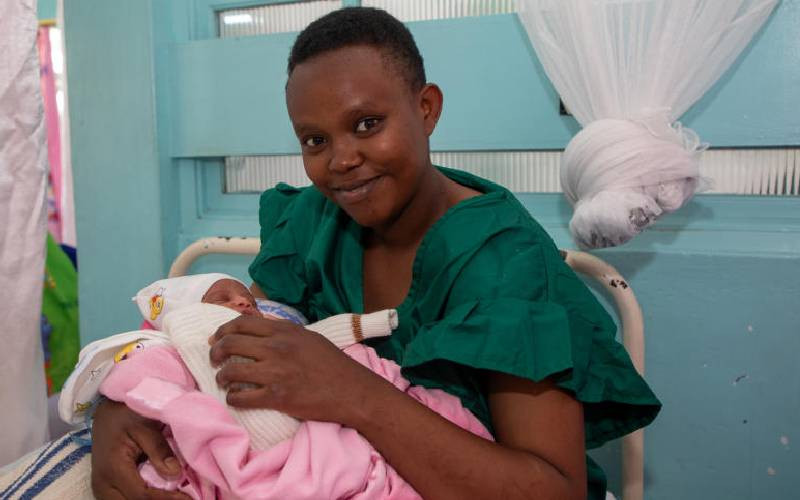On Friday July 22, 2016, I started my normal day with elective caesarean sections and after the first operation, in which I took time to teach my intern the procedure, came an emergency call.
It was a young mother who had delivered vaginally but was now bleeding profusely and needed review in the theatre.
After nearly half an hour of trying all conservative measures to preserve the uterus, we inevitably decided to remove it in order to save the mother’s life. This is usually a very depressing moment for me for even though the procedure saves the mother’s life, it takes away her future fertility.
In this case, we carried out the procedure successfully and were able to save the young lady’s life.
Indeed there is no other gynecological or obstetrical surgery that leaves the surgeon in a dilemma as when deciding to resort to an emergency hysterectomy. This is removal of the uterus immediately after vaginal or caesarean delivery due to life threatening excessive loss of blood.
On one hand it is the last resort to save a mother’s life and on the other hand, the mother’s reproductive capability is sacrificed. Many times it is a very difficult decision and requires good clinical judgement.
The maternal outcome greatly depends on timely decision and good clinical judgment because unnecessary delay can cost life and undue haste can cause morbidity.
It is a technically challenging procedure due to the anatomic and physiologic changes of pregnancy, including a massive increase in blood flow to the uterus. The surgery’s dramatic nature stems from the fact that it is frequently performed in unplanned situations when a mother’s life is in danger.
The procedure is unfortunately becoming more common largely due to rising primary cesarean delivery rate in Kenya. And due to complexity of the surgery and decision making needed, involvement of an experienced obstetrician at an early stage is desirable.
Emergency hysterectomy is associated with severe blood loss, complications during surgery and significant post-operative maternal mortality and morbidity.
Unfortunately, emergency hysterectomy remains a necessary tool for consultant obstetricians who need to act at the optimal time with clear judgment, using surgical technique with speed, to prevent loss of life.
 The Standard Group Plc is a
multi-media organization with investments in media platforms spanning newspaper
print operations, television, radio broadcasting, digital and online services. The
Standard Group is recognized as a leading multi-media house in Kenya with a key
influence in matters of national and international interest.
The Standard Group Plc is a
multi-media organization with investments in media platforms spanning newspaper
print operations, television, radio broadcasting, digital and online services. The
Standard Group is recognized as a leading multi-media house in Kenya with a key
influence in matters of national and international interest.
 The Standard Group Plc is a
multi-media organization with investments in media platforms spanning newspaper
print operations, television, radio broadcasting, digital and online services. The
Standard Group is recognized as a leading multi-media house in Kenya with a key
influence in matters of national and international interest.
The Standard Group Plc is a
multi-media organization with investments in media platforms spanning newspaper
print operations, television, radio broadcasting, digital and online services. The
Standard Group is recognized as a leading multi-media house in Kenya with a key
influence in matters of national and international interest.









